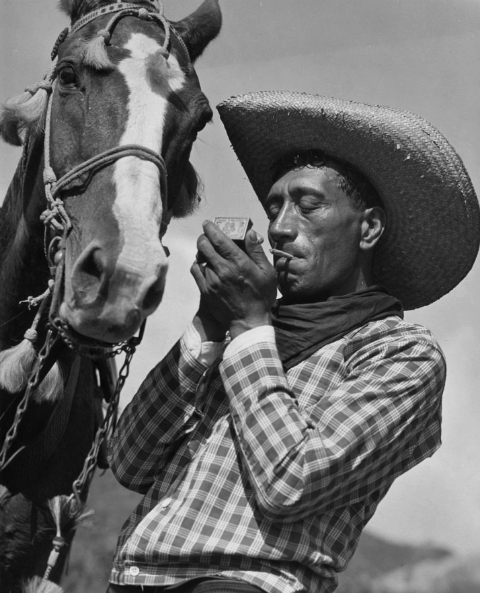Table of Contents
In the misty uplands of Waimea, through the rolling pastures of Molokaʻi, and across the sprawling ranches of upcountry Maui, a powerful legacy lives on—that of the paniolo, Hawaii’s cowboys. While many recognize them for their rugged horsemanship and contributions to island ranching, few understand the depth of their impact on Hawaiian identity. Beyond wrangling cattle and riding horseback, the paniolo were instrumental in preserving Hawaiian language and culture during one of the most turbulent eras in the islands' history.
Mexican Origins and Hawaiian Adaptation : Paniolo
The story begins in the early 19th century. After British explorer George Vancouver gifted cattle to King Kamehameha I in the 1790s, those animals multiplied unchecked, becoming a growing threat to farmland and forests. To manage the explosive cattle population, Kamehameha III (Kauikeaouli) invited experienced Mexican vaqueros—Spanish-speaking cowboys from California—to the Hawaiian Islands in the 1830s.
These vaqueros brought with them expertise in ranching, roping, saddle-making, and horsemanship. Hawaiian men were quick learners, absorbing these new skills and adapting them to their own environment. Over time, the Hawaiian term paniolo, believed to derive from “Español,” came to represent this new breed of cowboy—one who blended Hawaiian tradition with Mexican technique.
But the influence of these vaqueros ran deeper than the physical skills they taught. They shared a way of life grounded in respect for the land, strong family ties, music, and storytelling—values that mirrored those in traditional Hawaiian society. The result was not just a new profession, but a new cultural identity: the paniolo, proud stewards of the land (kuleana) and protectors of Hawaiian spirit.
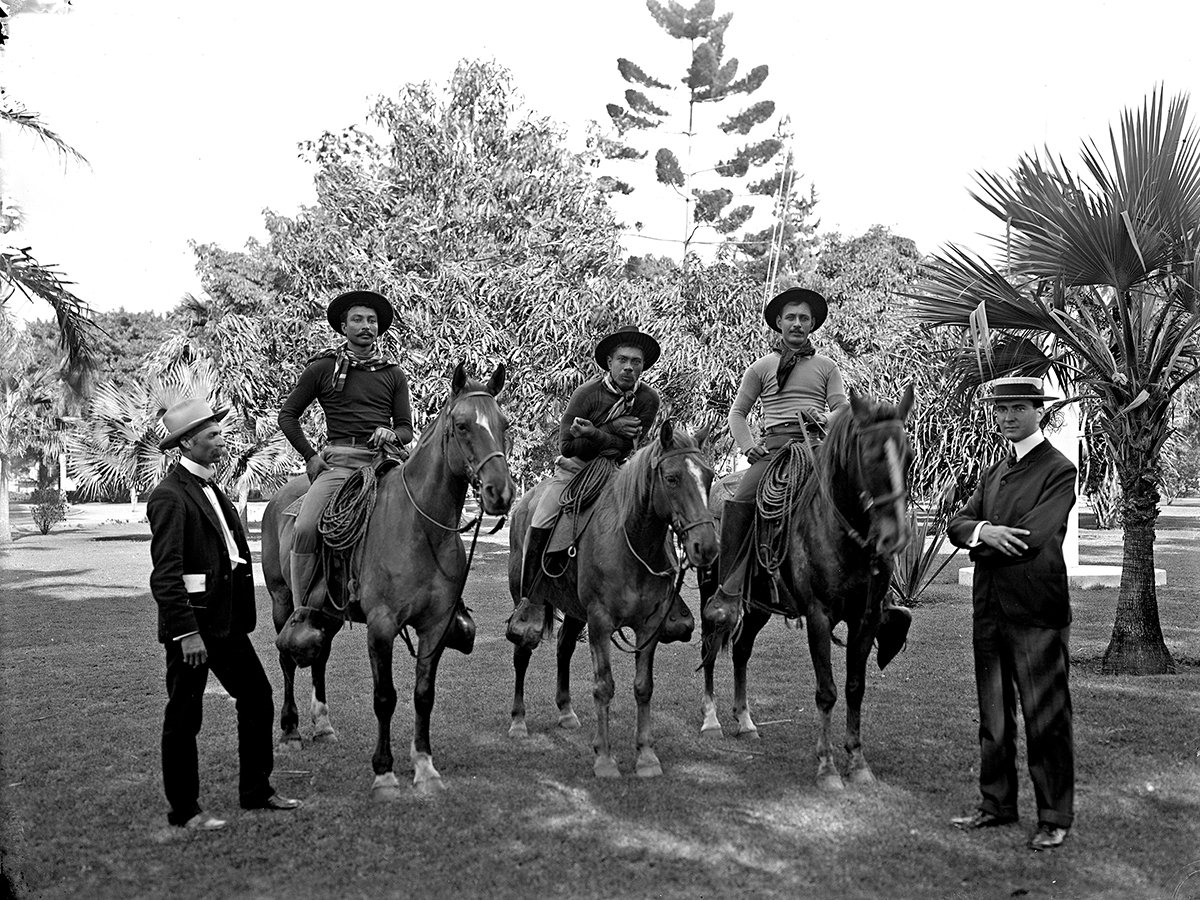
A Cultural Refuge in the Ranchlands
While the paniolo helped birth a thriving ranching economy, their most profound contribution may have come decades later, when Hawaiian identity faced near erasure.
Following the illegal overthrow of the Hawaiian Kingdom in 1893 and the subsequent annexation by the United States in 1898, sweeping changes were forced upon the islands. In 1896, Hawaiian was banned as a language of instruction in schools. Speaking the language in public was discouraged or outright punished sometimes, punishable by death. English-only policies became a tool of cultural suppression, designed to assimilate Native Hawaiians into Western norms.
In cities and towns, this pressure took its toll. Hawaiian children were discouraged from speaking their mother tongue, and generations began to grow up without fluency in their native language. But in the countryside—on the remote ranches of Hawaiʻi Island, Molokaʻi, and Maui—the story was different.
The paniolo lived far from government centers and urban control. On the ranches, Hawaiian remained the language of daily life. Cowboys spoke Hawaiian in the fields, at home, in song, and in prayer. Oral traditions, chants (oli), and ancestral knowledge were passed from parent to child without interruption. These ranchlands became cultural sanctuaries, where Hawaiian identity endured in spite of official efforts to silence it.
The paniolo didn’t set out to be activists or revolutionaries—they simply lived according to the values of their ancestors. In doing so, they kept the language alive when it was outlawed. They kept aloha ʻāina—love of the land—at the core of their daily lives. They upheld ʻohana—family—and the importance of story and song. And perhaps most powerfully, they maintained a sense of pride in being Hawaiian, even when the dominant culture tried to erase it.
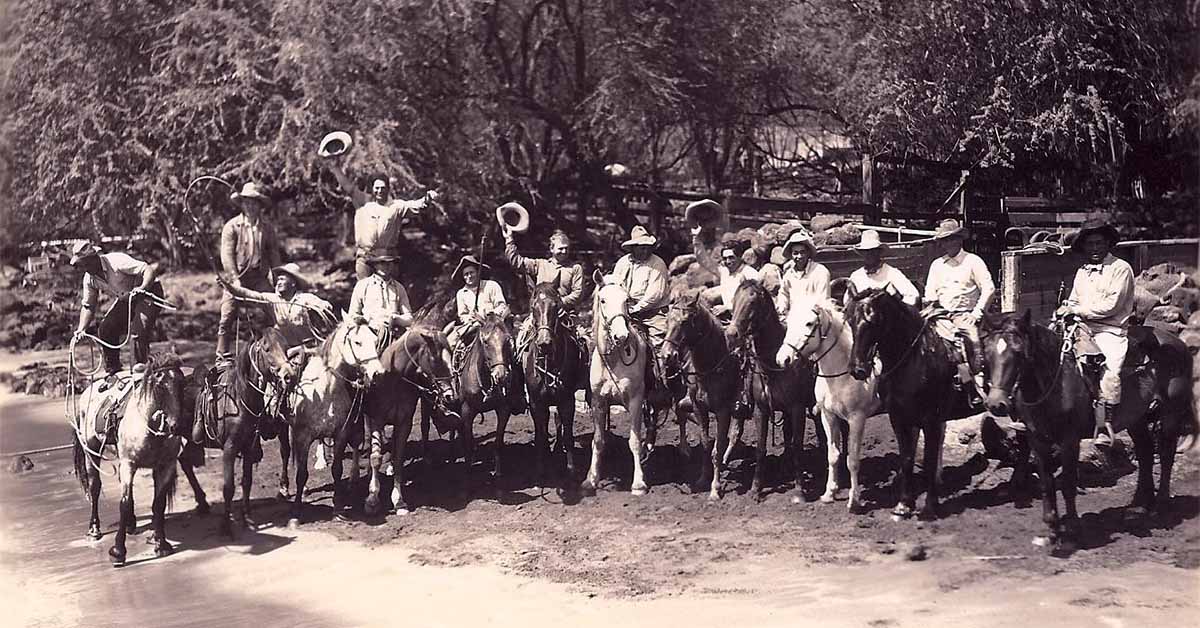
Rodeo and Resistance
The legacy of the paniolo endures today not just through ranching, but through rodeo culture, which remains vibrant in rural Hawaiʻi. These events—held annually in towns like Makawao, Waimea, and Kaunakakai—are more than just competitions. They are celebrations of identity, where Hawaiian language is spoken freely, and traditions are proudly displayed.
Slack-key guitar and mele paniolo (cowboy songs) echo through the air, telling stories of hardship, humor, and heritage. Rodeos serve as modern spaces where Hawaiian values and community thrive—further testament to the paniolo’s role in cultural preservation.
If you are interested in booking tickets or more information on the Makawao Rodeo here are links to booking, etc.
Bookings: oskiericeeeventcenter.com
Information: https://bossfrog.com/makawao-rodeo/general/
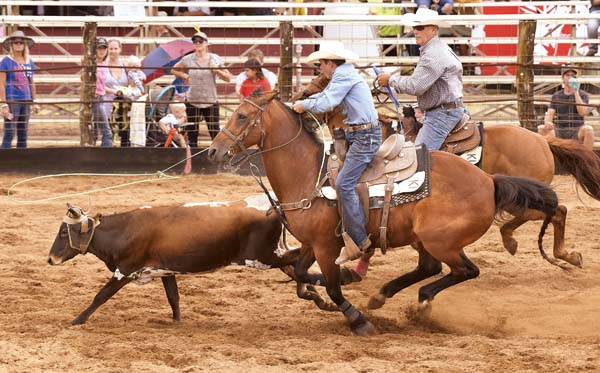
Legacy and Rebirth
When the Hawaiian Renaissance began in the 1970s—a movement aimed at restoring language, culture, and sovereignty—it found that the roots had never been fully lost. In part, that was thanks to the paniolo. The oral language, still spoken fluently by many elder cowboys, became a lifeline for linguists and educators rebuilding curriculum for Hawaiian language immersion schools. The values embedded in paniolo life—self-reliance, stewardship, and storytelling—matched perfectly with the goals of the movement.
Today, many Hawaiian immersion programs and cultural centers recognize the contribution of paniolo families in preserving the language. Elders who once roped cattle are now seen as cultural heroes—unintentional but vital defenders of Hawaiian heritage during a time of crisis.
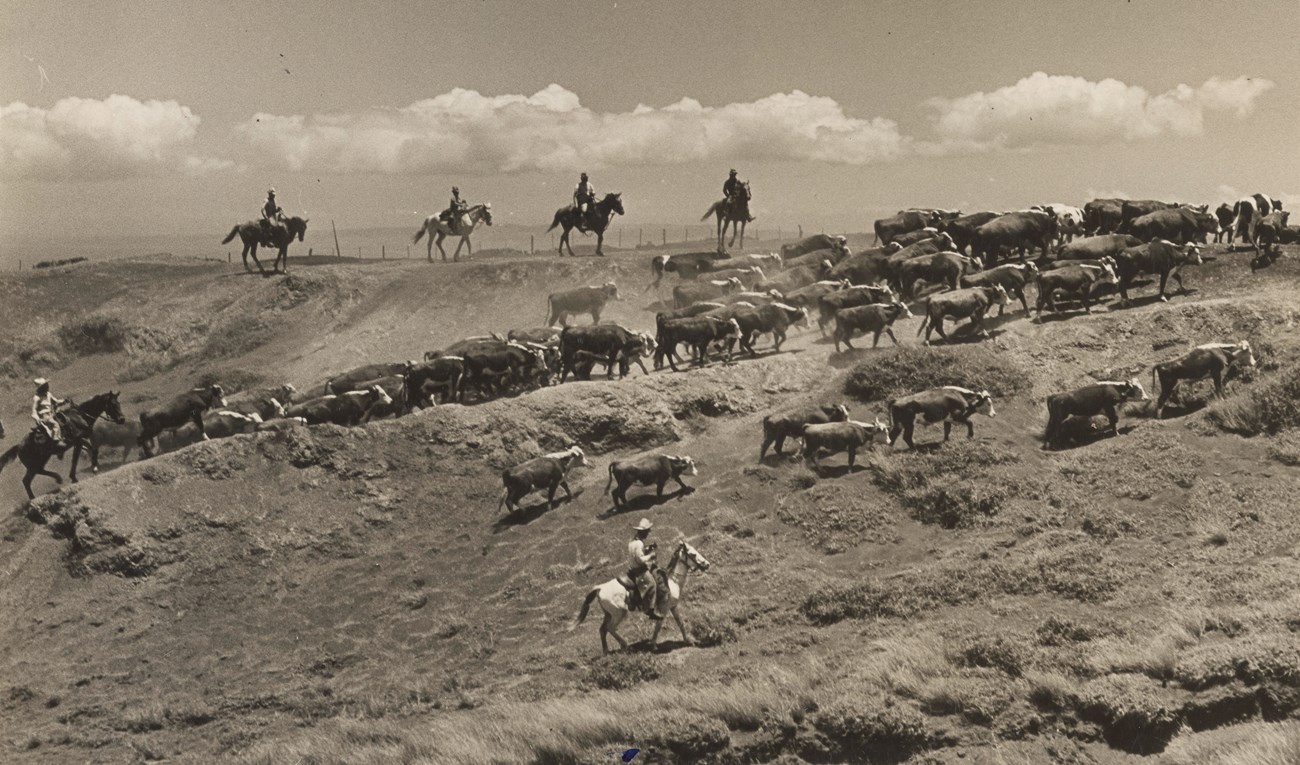
The story of the paniolo is not just about cattle or cowboy hats. It’s about resilience. It’s about a group of people who, through quiet strength and cultural pride, preserved a language and identity that others tried to erase. The legacy of the Mexican vaqueros lives on through them, but the spirit of the paniolo is deeply, undeniably Hawaiian.
So next time you hear a cowboy song in Hawaiian, see a young rider at a rodeo, or visit the open pastures of upcountry Maui, remember: you're witnessing the continuation of a legacy that refused to be silenced.
If you would like to read and learn more about interesting things in Hawaii! Check out our blog page here on our website!
or
